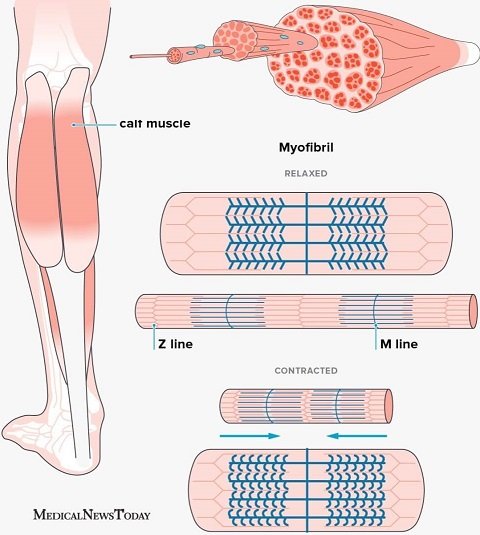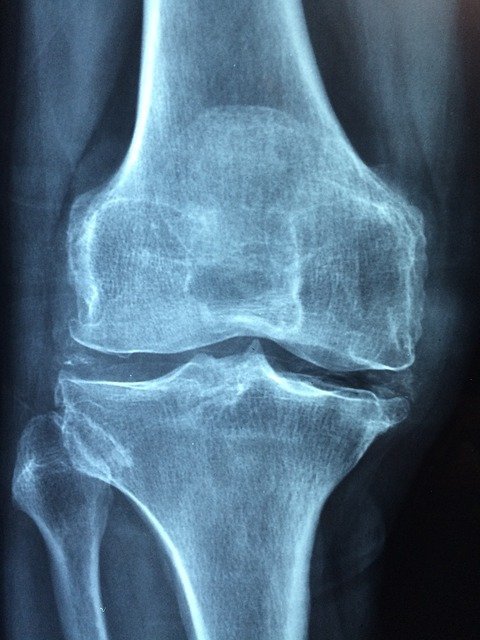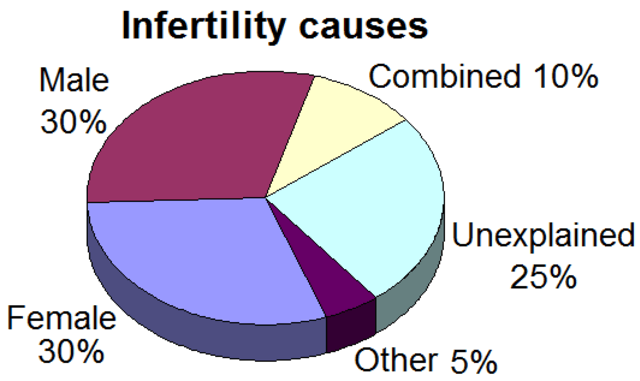- Cupping / Hijama Treatment Plan
- Body Part / Function Involved
- Symptoms and Effects
- Dietary Changes
- Changes in Lifestyle
- Alternative Remedies
Information on this site shall be considered as holistic, alternative and spiritual advice only. For medical advice and treatment a GP, medical professional and/or Certified Hijama Therapist should be consulted. In all circumstances where lifestyle changes, supplements, or other foods are suggested your GP should be consulted. Client Safety is the number one priority.
Complete Hijama Treatment Plan for Muscle Spasms
Allow 2-4 weeks between sessions – longer if required. Hijama Points shown for each session should ONLY be used to guide the therapist. Body size, cup size, and any other conditions need to considered and appropriate care and attention taken. The number of sessions shown can be increased or reduced depending on the condition of the client.
Complete Treatment Plan
Click here for Session 1Click here for Session 2
Click here for Session 3
Click here for Session 4
If the client has a complicated history and numerous concerns then it is a good idea to use our online consultation service – click here.
Which body part or function is involved in Muscle Spasms?
Organs work efficiently to maintain and run specific functions of the body but when one or more organs are involved to proceed with a specific biological function, it becomes an organ system. The muscular system is mainly composed of muscle fibers such as smooth, skeletal, and cardiac which helps us in movements posture and circulation of blood. Skeletal muscle functions in contractibility and is attached to the bones, internal organs, and blood vessels responsible for movement. But if the functioning of the muscular system is disturbed caused due to spasms.
The body’s muscular system is responsible for the contraction and relaxation of each body’s muscle, while it sometimes disturbs due to some high exercises. While clinical researches have shown that the spasm occurs immediately in skeletal muscle compared to the other systems.
A spasm is an involuntary movement of the muscles. It may be sudden or happen due to some factors like dehydration, exercise, and stress and people also call muscle spasms a cramp or twitched muscle. Muscle cramps can happen anywhere in any of the body muscles, but commonly the spasms are found in calves, thighs, hands, arms, ribcage, belly, and arches of the foot. Sometimes single muscle or nerve while sometimes a group of muscles is involved in spasm. Occasionally, it occurs only in the thigh’s hamstring muscles, while sometimes the whole set of three strong muscles of the thigh including the hamstring, quadriceps, and adductor is involved.

What are the symptoms and effects of Muscle Spasms on the body?
Minor muscle spasms can lead to significant muscle disorders if suitable aid is not provided at the right time. There are several symptoms to confirm muscle spasm, but symptoms may be different for different diseases.
When a spasm occurs in a muscle, it causes pain. The common muscle spasms and the whole muscle cramp are pain-causing making it unable to move through. On the other hand, the neurological muscle spasms are not pain-causing while dangerous than the common spasms. When it comes to severe cases, the nervous system is mainly involved. Autonomic Nervous System is also involved in the muscle spasm caused due to stress. The Autonomic system is divided into SNS and PNS, while the Sympathetic responds physically to the stress as a muscle spasm.
Dystonia is the most common but severe muscle disorder, which is caused due to sudden and involuntary spasms in neurological muscles. Dystonia, a movement muscle disorder, causes uncontrollable contraction of muscles. When a person has dystonia, the following symptoms will show.
- Double vision
- Sleeping problems
- Weakness in muscles
- Pain in joints
- The slow movement of muscles
- Skin problems
These symptoms will show that the person has a neurological spasm condition.
Multiple Sclerosis
Multiple Sclerosis is closely related to Spinal Cord Injury but more complex. In which the whole nervous system is disabled to operate the muscular system. The brain’s communications to the rest of the body are disrupted due to the damage of the protective myelin sheath of neurons. This all happens due to the severe spasms in the nervous system, which later lead to paralysis. The significant symptoms include brain hemorrhage and paralysis. It may cause impairment of half-body or a whole body, and sometimes may lead to coma.

Anemia
Muscle spasm can cause anemia that is a condition with a lack of red blood cell count causing illness of the circulation system and weakens the immune system. As we know the muscle spasms cause cramping, that’s why the systematic circulation of targeted cells will be blocked. If it is not treated well, it can lead to paralysis of the muscle. The following symptoms will show if muscle spasm is causing anemia.
- Weakness of muscles
- Dizziness
- Severe pain at the targeted site
Spinal Cord Injury
Spinal cord injury causes disruption of signals from motor cells to the brain. If we talked about the reasons behind it, spinal cord injury causes severe muscle cramps. When the spasm occurs, the normal flow of signals from motor cells to the brain is disrupted while the signals do not reach the brain. Due to the cramp, the signals will be sent back to the spinal cord’s motor cells, causing reflex muscle spasms. The following symptoms can identify spinal cord injury:
- Lower back pain
- Behavioral Changes
- Loss of intellectuality
- Alzheimer’s sometimes
What changes in diet can help improve symptoms of Muscle Spasms?
Most healthcare professionals have revealed that during muscle spasms, the changes in diet help a lot to recover early with specialized aid. Drinking plenty of water is mostly recommended because it allows muscles to contract and relax easily.
Changes in lifestyle which can help Muscle Spasms
Make changes in your daily routine also helps to get rid of muscle spasms immediately. If muscle spasms occur in the legs due to heavy exercise, you should stretch your legs before going to bed. Sometimes, if you experience muscle spasms at night, you should stretch your limbs to get immediate reliability.
Possible alternative remedies for Muscle Spasms
There have been many medications introduced to treat muscle spasms, but remedies always include natural ways to avoid any medicines. Treatments for muscle spasms include heat and cold therapy to targeted muscles, drinking turmeric milk after intense exercise and, essential oil massage helps to avoid muscle spasms.




